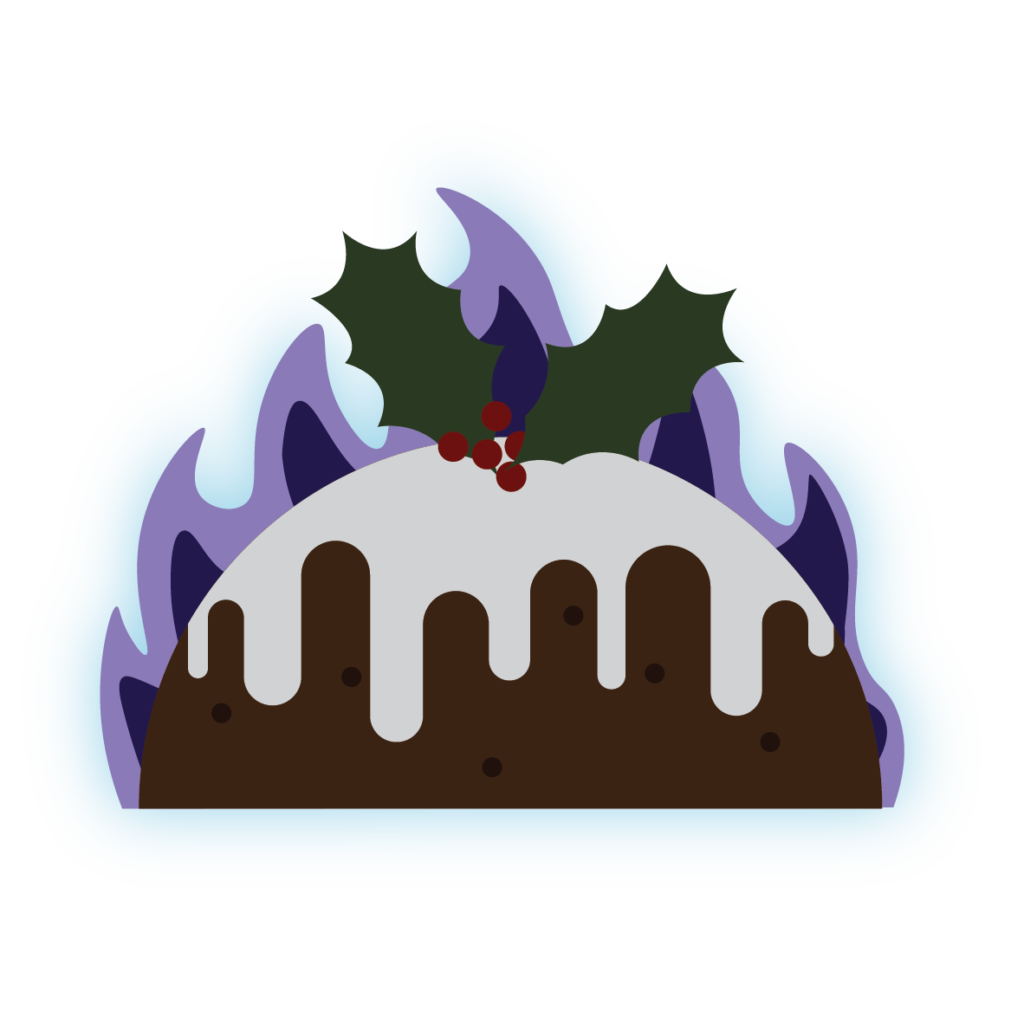How to keep your pets safe this winter
It is important to keep your pets safe over winter, as the temperature drops and the chance for snow increases there are things we can do to help our pets.
1. Wrap up before a walk
As you would put a coat on your dog may need one too. Especially if they are fine coated such as a greyhound or staffie.
2. Check their toes
After being outside it is best to check their toes for snow, salt and grit. The snow between their toes can gather together and create ice balls which can be very painful. To help prevent this you can trim the hair between their toes as this can get very long.
 3. Fire safety
3. Fire safety
This time of year the fires will be going and dogs love nothing more than cosying up by the fire. Check out our other blog about keeping your pets fire safe.
4. Keep them warm and dry
Make sure they are dry once inside and have somewhere warm to return to away from cold drafts.
5. Active cats
Your cat may want to stay indoors more over the winter months. If they do like to go outside make sure they have a warm dry shelter outside they can go to or get a microchip cat flap. This will stop other cats from entering your home and allow your cat to come and go as they please.
 6. Keeping small pets warm
6. Keeping small pets warm
If you have pets like rabbits, guinea pigs or ferrets that live outdoors think about bringing them indoors in a sheltered area such as a shed or garage. Give them some extra bedding to keep them warm and keep them away from cold drafts.
7. Winter hazards
- Antifreeze and de-icer used to stop cars from icing up when in contact with pets they can be very toxic. Cats are at the most risk as they like the sweet taste. Make sure you mop up any spills.
- Salt and grit, this can irritate pets paws, if you salt around your home choose a pet-safe product.
- Poisonous plants, holly, ivy and poinsettia are all toxic to pets if they eat them.
 This time of year is perfect to get your log burners going and enjoy the warmth. Your fireplace can create a festive atmosphere especially when decorated. Make sure you stock up on wood get your chimney swept a minimum of once a year.
This time of year is perfect to get your log burners going and enjoy the warmth. Your fireplace can create a festive atmosphere especially when decorated. Make sure you stock up on wood get your chimney swept a minimum of once a year.  Winter brings around all the best food that you can enjoy. From roast dinners and mince pies to cheese boards and lots of chocolate. This Christmas why not try something new at a Christmas market like the chimney cakes or strudel.
Winter brings around all the best food that you can enjoy. From roast dinners and mince pies to cheese boards and lots of chocolate. This Christmas why not try something new at a Christmas market like the chimney cakes or strudel.  Even with all the history and tradition, we cannot ignore the dangers of at-home displays for us and wildlife.
Even with all the history and tradition, we cannot ignore the dangers of at-home displays for us and wildlife.